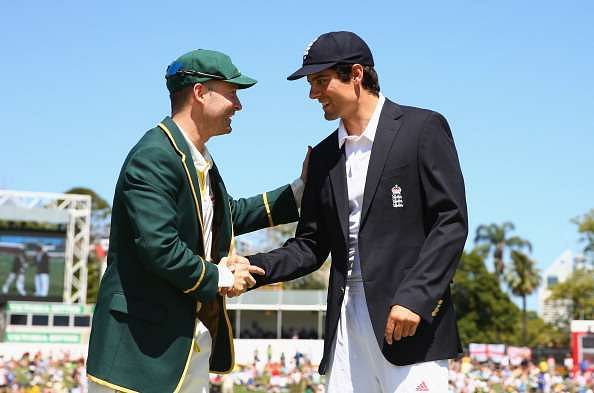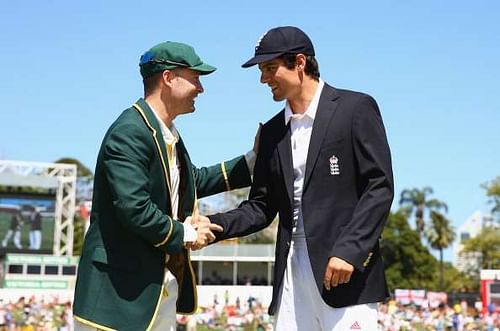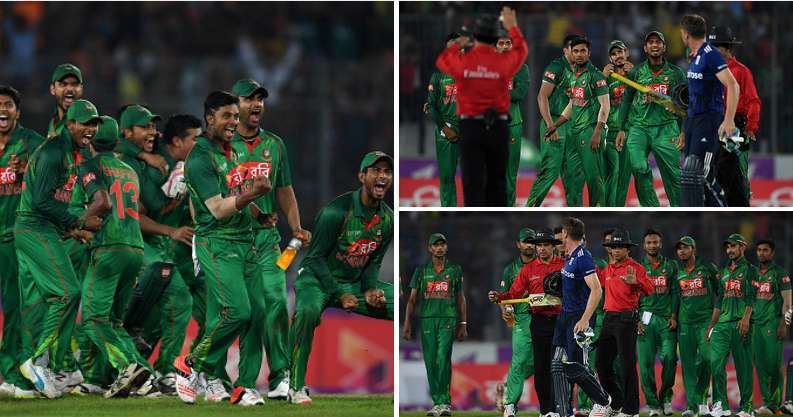
The Spirit of Cricket: Need to regulate player behaviour

Some of the earliest references to the origin of Cricket take us back to a leisure game played on the fields by some elite communities in England, during the 17th century. The Marylebone Cricket Club, now better known as MCC, established itself in 1787 and laid down proper and systematic laws for the conduct of the game, shaping the final step in the evolution of cricket as a sport. That was officially the beginning of the era of professional cricket.
Till date, the MCC continues to be the custodian of the ‘laws of cricket’, although recent years have seen cricket’s official governing body, the International Cricket Council (ICC), exercising more powers in making necessary changes to the laws.
While several changes have been made over the years to the playing rules and regulations of the game in accordance with the changing demands of the modern day game, the one aspect that has remained constant is the emphasis on upholding the ‘spirit of the game’.
Cricket, originating from an elitist background, continues to stress on this aspect more than any other sport in the 21st century. It identifies itself as a gentleman’s game and entrusts its players to perform their roles in ensuring the game is played in its right spirit.
Players are expected not to dispute the decisions of the umpire, abuse opposition players or match officials, damage match equipment, and so on. By design, cricket is not a physical contact sport either.
Also Read: The Spirit of Cricket - Of Laws, Morals and Shades of Grey
The very introduction to MCC’s Laws of Cricket says this much, in no uncertain terms, “Cricket is a game that owes much of its unique appeal to the fact that it should be played not only within its Laws but also within the Spirit of the Game. Any action which is seen to abuse this spirit causes injury to the game itself.”
The message is straight and clear. It is the players’ exploits on the field that make the game appealing and entertaining to its followers. Therefore, it is equally important that players do conduct themselves in a manner that befits the ‘gentleman’ tag of the game.
Player Misbehaviour – A new phenomenon?
A commonly held misconception is that player behaviour is at its worst in the post-modern era. However, this is far from the truth.
The history of the gentleman’s game is richly sprinkled with several stories of dissent, right from the days of its earliest stars like WG Grace, though not in equal measure compared to other sports. Only, the players were not subjected to the media spotlight and public scrutiny as much as in the televised era.
The ICC has always been no-nonsensical in its handling of player conduct. The newly introduced Demerit Points System is a case in point, and is expected to keep repeat offenders on their toes.
The flash point that has now stirred up this debate again is the recent controversy over Bangladesh’s send-off to England captain Jos Buttler during the 2nd ODI in the recent series between the two. While the team was well within its rights to celebrate the fall of a prized scalp at a crucial stage in the match, the manner in which they behaved, confronting the batsmen, was a poor advertisement that cast a shadow on a match which should have ideally been remembered for Bangladesh’s triumph.
A majority of the passionate followers of the game are young kids at an impressionable age, who look up to their sporting heroes as role models. Thus, it is important that these players don’t set a bad example for the youngsters.
For the more serious aficionados, such scenes can leave a bad taste. Moreover, playing in the right spirit can be viewed as a player’s responsibility to the game that made them.
Demerit Points – A Good Remedy
The ICC has now put in place a comprehensive system to track player behaviour and misconduct. As per the new initiative, every time a player is found guilty of breaching the ICC Code of Conduct, he will also accumulate demerit points.
These points will remain against the player for a period of two years. A player charged under Level 1 offence will accumulate two demerit points; a Level 2 offender would be penalised with three or four demerit points; a Level 3 offence will lead to five or six demerit points, and finally a level 4 offence would lead to accumulation of seven or eight demerit points.
The law states that four or more demerit points within a 24-month period will be converted into two suspension points, which will lead to a ban for a few matches.
This came into effect from the 22nd of September, with all players on zero. India’s Ravindra Jadeja (damage to the pitch); South African spinners Tabraiz Shamsi and Imran Tahir, Aussie wicket-keeper batsman Matthew Wade (verbally aggressive behaviour continuing for a prolonged period), and Bangladeshi batsman Sabbir Rahman and captain Mashrafe Mortaza (obscene language or gesture) were the first ones at the receiving end of the new system.
While this demerit system provides a deterrent to players’ misdemeanours, it can also serve as a report card wherein both the disciplinarians of the game and the players themselves can regularly evaluate their standing as far as behaviour is concerned. The Bangladesh team management promptly cautioning Sabbir at the end of the series, asking him to exercise restraint in the future, is an example.
